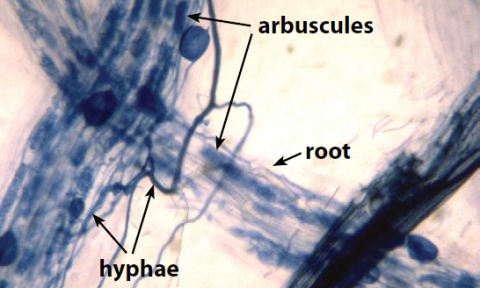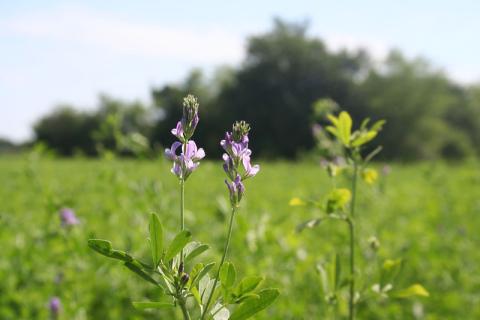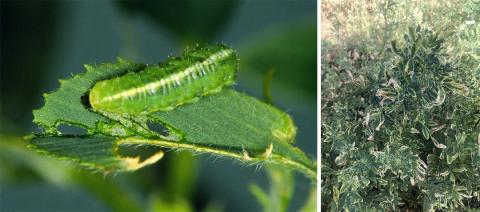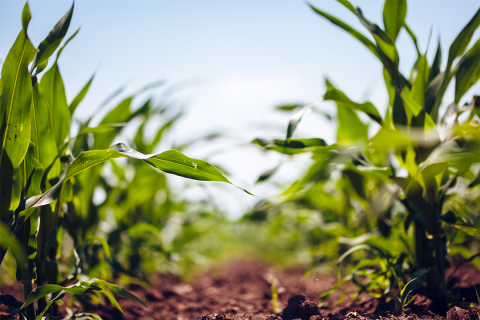How Does Soil Life Contribute to Soil Health?
March 28, 2024
How is healthy soil created? In this article, soil health experts explain how plants and soil organisms interact to compose and decompose organic matter, cycle nutrients, and build the structure of soils.
Highboy Cover Crop Interseeding Project Fall 2023 Updates
March 28, 2024
Researchers share insights from the second year of the study, wherein they experimented with delayed interseeding dates to maximize cover crop establishment.
Pasture and Forage Minute: Strategies to Increase Alfalfa Health, Productivity
March 19, 2024
Extension educators review options for interseeding grasses into alfalfa and assessing alfalfa stand health.
Pasture and Forage Minute: Alfalfa Weevil Scouting, Dealing with Stress
March 12, 2024
Recommendations on scouting for alfalfa weevil in the coming weeks, and resources for ag producers dealing with stress and other impacts to their health and wellbeing.
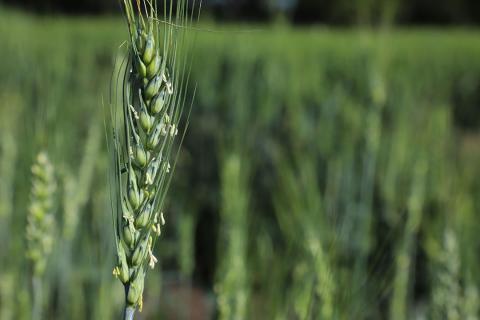
Crop Progress: Winter Wheat at 66% Good-Excellent Condition
March 26, 2024
While winter wheat condition improved slightly in March, soil moisture supplies generally decreased.
Handy Bt Trait Table Updated for 2024 Corn
March 26, 2024
Updated for 2024, the Handy Bt Trait Table can help producers avoid the development of resistance from using the same traits repeatedly and in troubleshooting insect injury or preparing to apply herbicides.
Grain Safety Takes Center Stage: Nebraska Corn Board, Nebraska Soybean Board Promote Stand Up 4 Grain Safety Week
March 25, 2024
The Stand Up 4 Grain Safety Week initiative strives to raise awareness among farmers and ag workers about the importance of safety when working in and around grain bins, and overall safety practices on the farm.
Can Cover Crops Help with Weed Control?
March 20, 2024
UNL's Weed Science Program is investigating the benefits of using winter and spring seeded cover crops to control weeds in dry beans.


